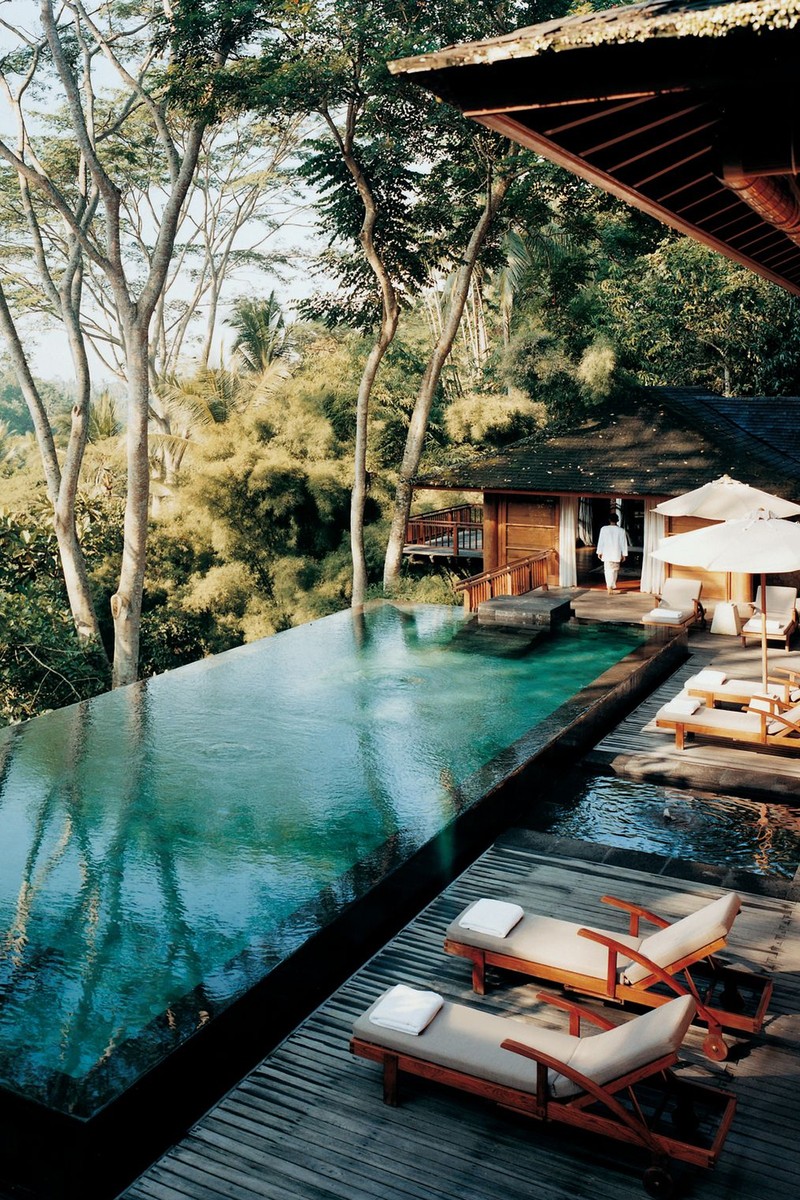
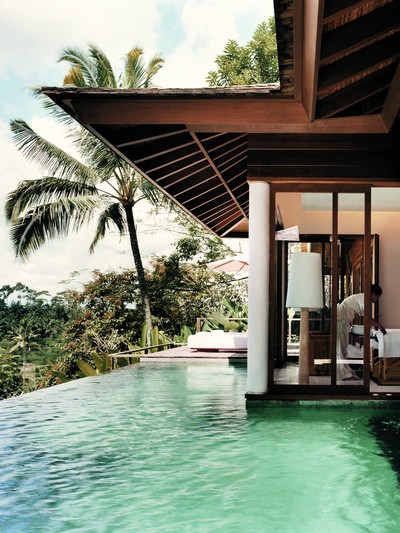
An Insider’s Guide To Bali With… Lorna Watson
I’ve had a very profound connection with Bali since the first time I visited 20 years ago. I came here to practise yoga – but it was before the book and film Eat Pray Love and the ensuing explosion of international tourism, so the Bali I experienced then was quite different to the one visitors experience today.
The history of Bali is so rich and unique, with creativity and spirituality at the heart of its culture. Traditional Balinese philosophy and principles are rooted in the belief of Tri Hita Kirana, which translates as the ‘three causes of wellbeing and prosperity’ – to live in harmony with God, with each other and with nature and our environment. This resonates with me on every level. I also love the Balinese people – their grace and ease never cease to amaze me – and of course, the spectacular landscape.
After coming to Bali for holidays several years in a row, I noticed that high-level artisanal craftsmanship was declining rapidly. With a degree in applied arts and a lifetime passion for heritage skills, I was deeply concerned about this, so I set out to understand the challenges that artisan communities were facing. As a result, I discovered that the onset of mass production and demand for cheaper labour in neighbouring Java had made it increasingly challenging for high-level craftsmanship to continue, forcing many Balinese artisans to leave their communities in search of unskilled jobs in construction and low paid manual labour. This meant Balinese heritage skills were in danger of disappearing altogether, at considerable social and cultural cost, as it was also severely impacting the foundations of the community Bali is built on.
I became passionate about ensuring Balinese culture and craftsmanship continued to thrive. It’s what led me to create my business, STELAR, which I established here five years ago. It’s a purpose-led accessories brand that is founded on the principles of community, craftsmanship, transparency and regeneration. We collaborate with local artisan communities throughout Bali and neighbouring islands to create exceptional quality hand-crafted bags and accessories that preserve high-level heritage weaving skills.
I now spend between six to eight months of the year in Bali, living in Penestanan Kaja, a traditional Balinese community on the outskirts of Ubud, which is the creative and spiritual centre of the island. My house is nestled between the rice fields and is surrounded by nature, which I adore. We are frequently entertained at night by an orchestra of frogs, katydids, crickets and cicadas, as well as magical firefly performances and a clear view of the Milky Way.
During the week, I’m completely immersed in the day-to-day running of STELAR. I mainly oversee the creative side of the business and collaborate closely with our artisan communities. I’m often on the road visiting and working with them, exploring new techniques and materials, developing new products and ensuring that what we do continues to generate positive impact. We’re committed to a shared culture of learning and creating together, so there’s a wonderfully inspiring dynamic to this.
Weekends always vary – sometimes at home in Ubud, sometimes in the mountains, other times by the beach. But the focus is always about relaxing with family and friends in nature, with great food, stimulating conversation and a good dance if we can fit it in!
Hotels
For a chic jungle retreat: COMO Uma Ubud overlooks the Tjampuhan Valley and River Oos, and is surrounded by hillsides of coconut palms and banyan trees. It is close to the centre of Ubud but far away enough to experience total tranquillity. The 46 luxury suites are tucked along leafy pathways that branch off the resort's pool and feature indigenous materials, landscaped courtyards, some with infinity plunge pools. I started staying here when I first came to Bali and, now, it's very close to where I live, so I still drop by frequently, especially for dinner at their delicious Italian restaurant, Uma Cucina.
For a hidden gem: Located in Pekutatan, a small village in the undiscovered west of Bali, and only 15km from the famous surf spot of Medewi, Lost Lindenburgh is a relatively new hotel with just eight elevated tower rooms. It’s in a stunning location surrounded by temples, an unspoilt lava sand beach and palm jungle. It’s beautifully and sensitively designed and a wonderful location to escape to.
For stunning beaches: Perched on a majestic cliff along Bali’s iconic southern Bukit Peninsula, Suarga Padang Padang is a favourite treat for a surfing weekend. Consciously designed to blend modern luxury with a minimal impact on the environment, this sustainable boutique resort features 36 rooms, pavilions and villas. Here, you’ll find the island’s most beautiful white sand beaches, captivating ocean views and magical sunsets – and delicious cocktails.
For nature lovers: I’m so excited that Bambu Indah is open again. Located off a narrow road about 15 minutes' drive from Ubud, this tiny regenerative boutique hotel is like a garden of Eden that imaginatively encapsulates the history and magic of Bali. The location on the Sayan ridge is spectacular, and the owners have created an extraordinary eco-chic retreat, with the Ayung river and freshwater pools and waterfalls running along its edge. Each house is individual and decked out with traditional Javanese furnishings and a smattering of collectables from the owners' travels. The open-air bamboo restaurant serves meals throughout the day, using organic ingredients fresh from the garden. Don’t expect to do much here, as the whole point is to sit still and bask in nature.
Wellness Resorts
For total luxe: COMO Shambhala Estate, about 20 minutes from Ubud, is my number one favourite wellness resort. It is one of the world's most beautiful hotels set within nine acres of spectacular tropical grounds, riverside forest and plunging hill terraces. Its award-winning spa offers world class Balinese and Javanese holistic treatments and I particular love being greeted by the scent of COMO’s own blend of products when I arrive. I’m obsessed with them and, thankfully, you can buy them in the hotel shop and take them home. The 22 suites are scattered among the jungle clearings above the Ayung river and rooms are grouped together in five architecturally distinctive residences, each with its own infinity pool, a large living-dining pavilion and a personal butler to fulfil your every need. There are also nine more contemporary styled one- to three-bedroom villas with private pools. Bathrooms are stunning with huge stone tubs and outdoor showers. Healthy eating is a very important part of a stay here and all the food is organic and locally sourced.
For a serious detox: The Oneworld Retreat in Ubud is my go-to if I want to take time out for a serious detox and healing programme. They specialise in ayurvedic treatments that include a customised food menu for you throughout your stay. So, while you are detoxing and healing, you are still eating delicious food.
For a day spa: Muka Concepts in Canggu is my favourite day spa. They use only edible ingredients that are organically and locally produced. They make all their own skincare products in collaboration with local artisan farmers and their facials are like yoga for the face.
Restaurants & Bars
There are so many incredible restaurants and cafés throughout Bali, serving innovative food made with fresh, locally-grown organic ingredients. The challenge is deciding where to go. Some of my favourites include:
Hujan Locale – I adore everything about this place in Ubud. I’m a big fan of chef Will Meyrick and love his unique take on Indonesian food. The lovely décor, the atmosphere and the cocktails are all perfect for a date night.
Yema Kitchen in Canggu is a long-term favourite, too, for its delicious Lebanese food and laidback ambiance. They also have a little shop selling work by local designers.
Mamasan in Seminyak is another of Will Meyrick’s restaurants. I love to gather here at the weekend with a group of friends. Expect delicious Asian fusion food, fabulous cocktails and a fun, buzzy vibe!
At Lucky Fish on Bingin Beach, you choose your seafood or catch of the day. They then weigh it and tell you the price and grill it to your liking on the beach, with the waves gently lapping nearby. This is as barefoot and laidback as it comes...
I tend to avoid the big bar venues in favour of more locally run, low-key spots. One of my favourites is Belle Wine Bar on Monkey Forest Road in Ubud – it was founded by two very close friends who had the genius idea of creating delicious grazing boards to accompany your favourite wine. I also love cocktails with spectacular sunsets at Suarga Padang Padang, near Uluwatu (see above) and for a laidback and chilled beer or two, nothing beats some of the places on Bingin Beach.
Shopping
The best things to bring back include a beautiful, handcrafted bag from STELAR, with its own unique code that connects you to the artisan who created it for you; handcrafted textiles and batiks from Tradisi – it’s an easy place to find on the main street in Nyu Kuning between the football field and the Monkey Forest – or head to the traditional market in Klungkung; handmade ceramics from Gaya Ceramic in Ubud – they have a shop and a gallery and they also run ceramic workshops where you can learn to throw your own pots; and local condiments make great gifts – Pedas Pedas in Canggu sells the best range of sambals. I also love Magali Pascal – she’s a Paris-born fashion designer who creates ready-to-wear, high-end pieces in natural fabrics that are gorgeous and effortless – essential when you’re in Bali. She has four resort boutiques on the island.
Things To Do
I recommend venturing out of the obvious tourist areas to experience the true and authentic Bali, which still exists and is easy enough to find if you make the effort. Balinese people are incredibly kind and welcoming and will always talk to you even if they don’t speak your language. Be sure to visit one of Bali’s many water temples and take part in a water purification ceremony – they are spectacularly serene, beautiful and memorable. I also really recommend a drive up via Sidemen to the mountains in Kintamani – it’s a beautiful and picturesque hidden gem in east Bali, that is located in a crater, and the views are other-worldly.
Favourite Beaches
Both Bingin Beach in Uluwatu and Medewi in Negara are surfing locations and I love the overall atmosphere that comes with this. You get great waves, a laidback vibe and delicious food.
Best Time To Travel To Bali
As Bali is just a few degrees south of the equator, it has two seasons – wet (November to March) and dry (April to October), the best time to visit. There are no extremes of temperature between the two, the average being 30°C-32°C year-round.
Visit STELAR & follow @ThisIsSTELAR on Instagram.
DISCLAIMER: We endeavour to always credit the correct original source of every image we use. If you think a credit may be incorrect, please contact us at info@sheerluxe.com.
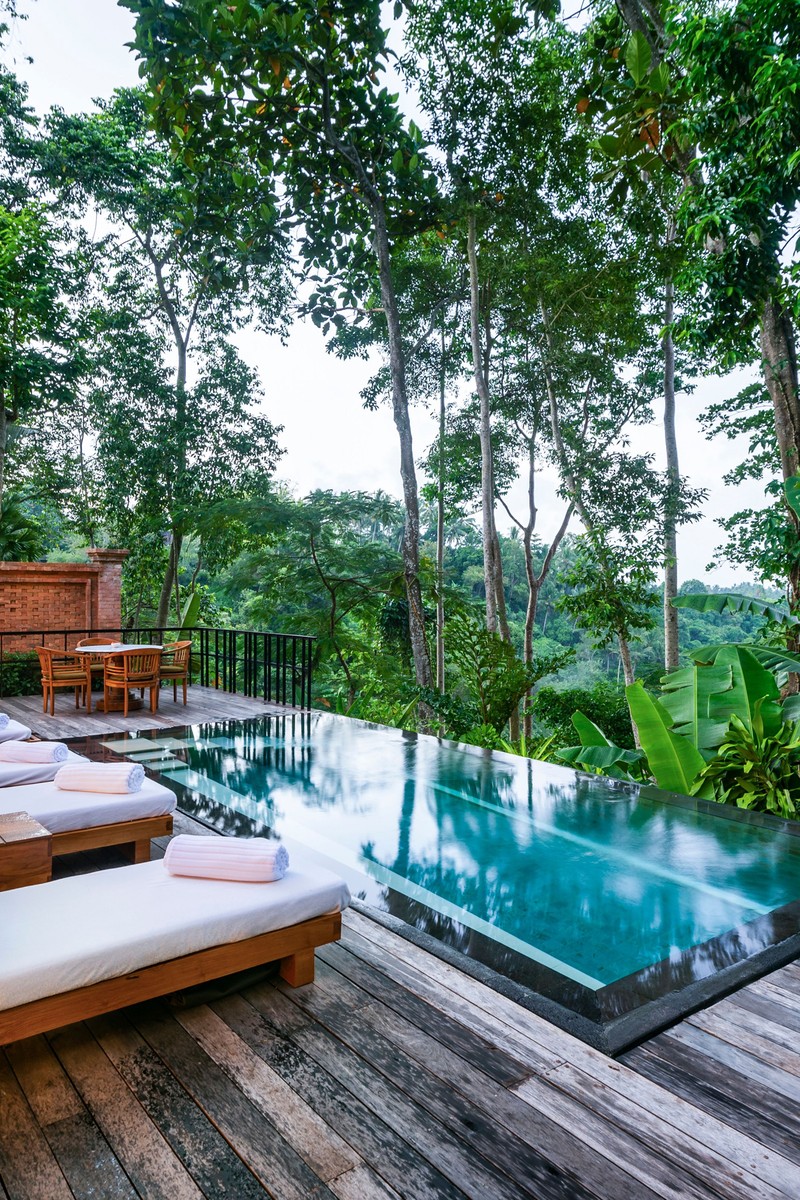
/https%3A%2F%2Fsw18.sheerluxe.com%2Fsites%2Fsheerluxe%2Ffiles%2Farticles%2F2023%2F02%2Florna-watson-image10.jpg?itok=2gbT_qOa)
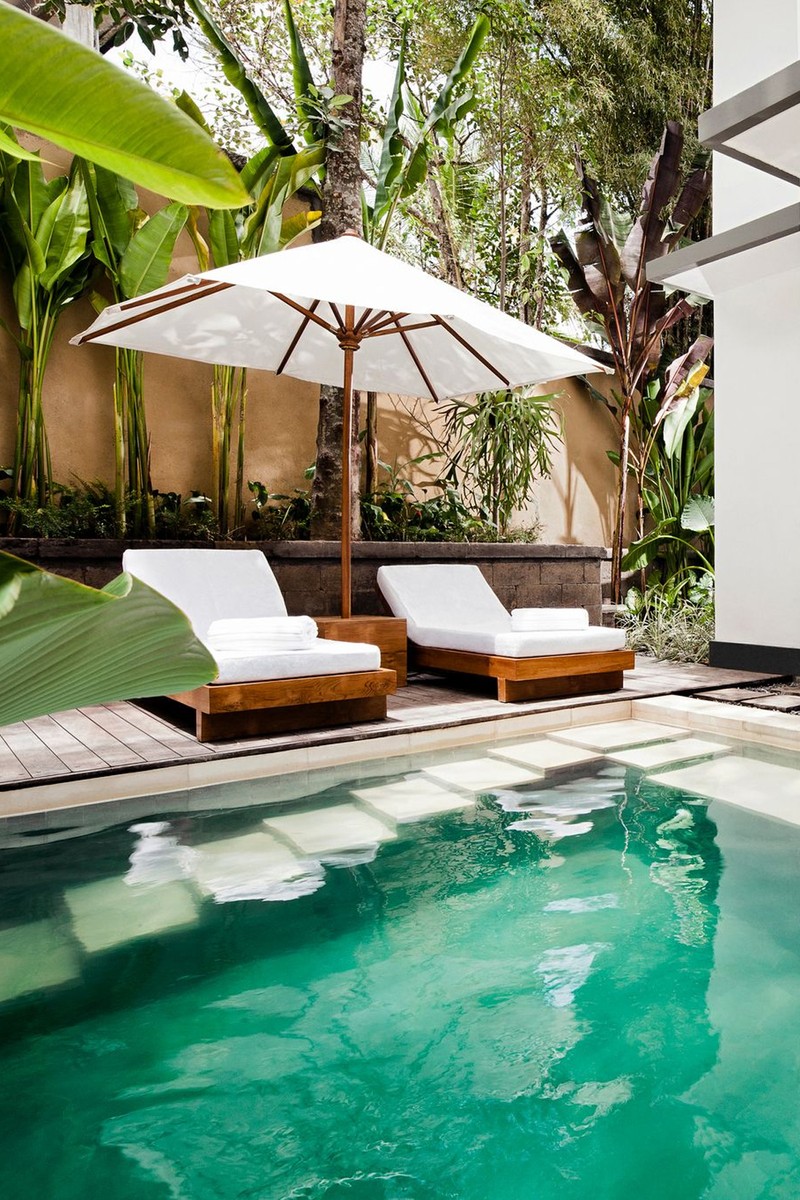
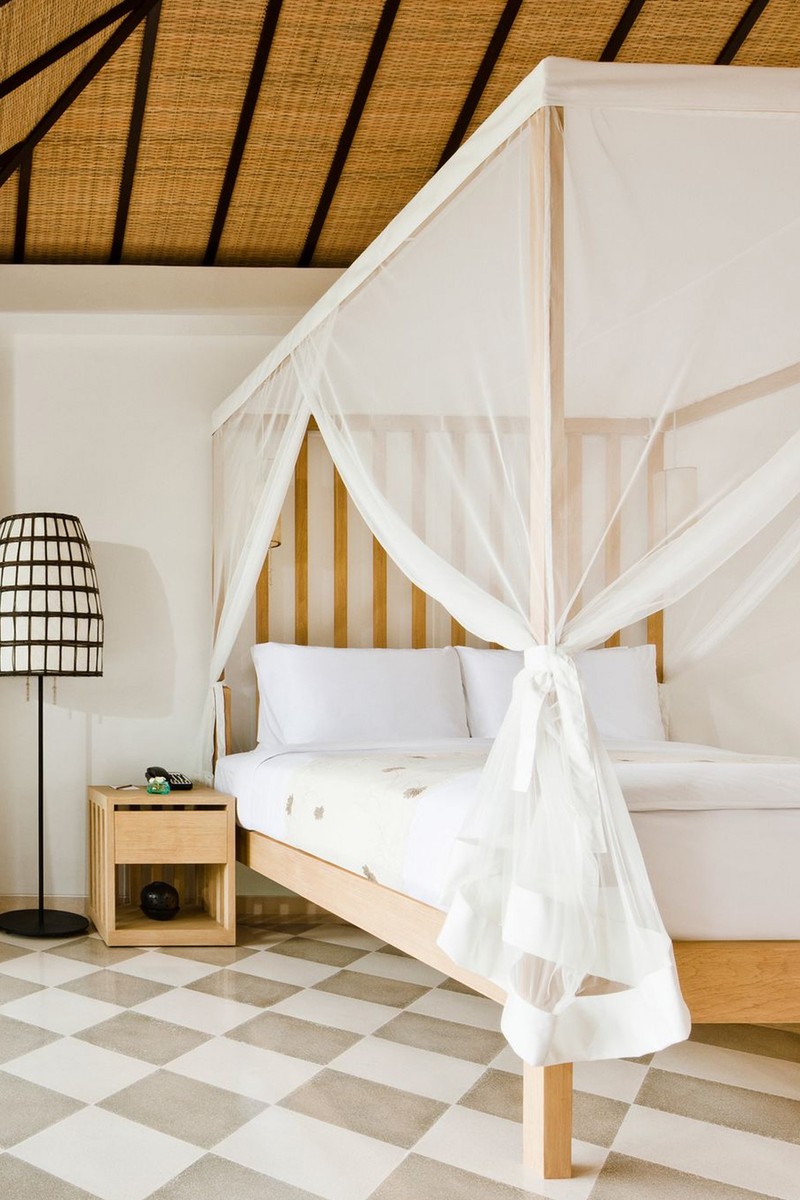
/https%3A%2F%2Fsw18.sheerluxe.com%2Fsites%2Fsheerluxe%2Ffiles%2Farticles%2F2023%2F02%2Florna-watson-image5.jpg?itok=S0_tdQ8w)

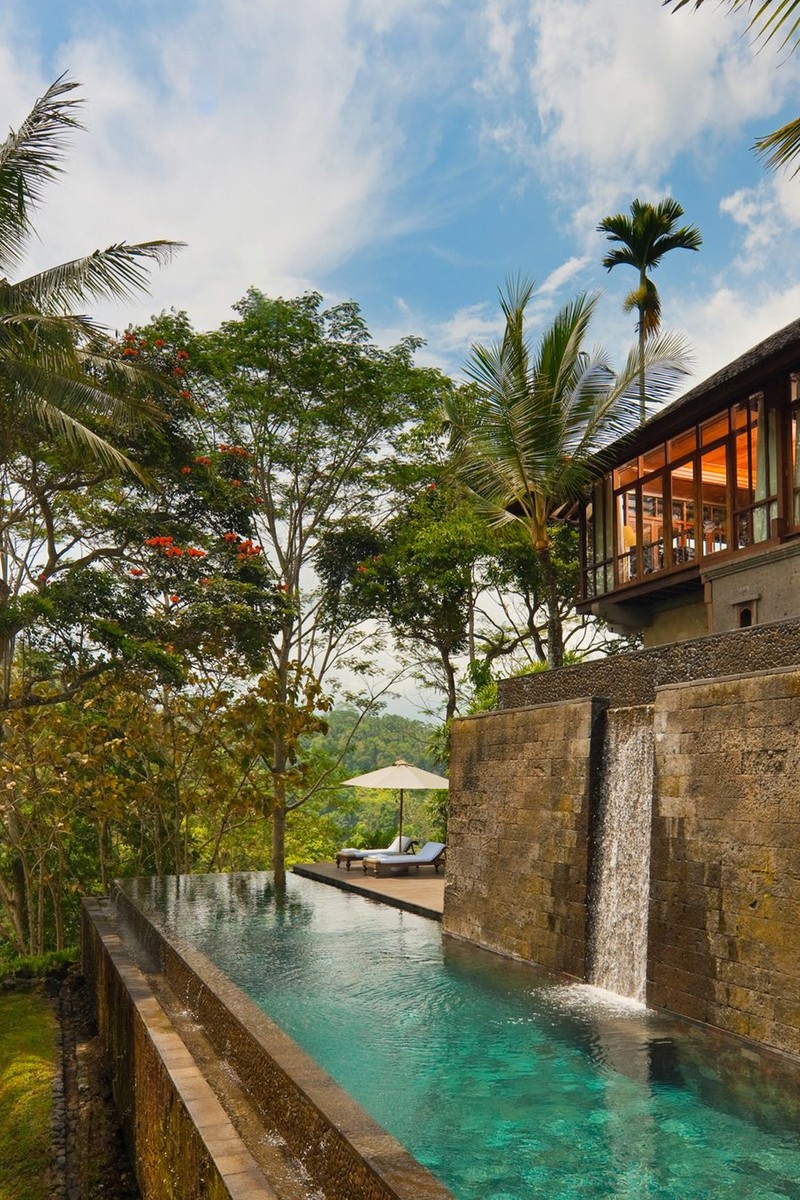
/https%3A%2F%2Fsw18.sheerluxe.com%2Fsites%2Fsheerluxe%2Ffiles%2Farticles%2F2023%2F02%2Florna-watson-image9.jpg?itok=wCHtbbK3)
